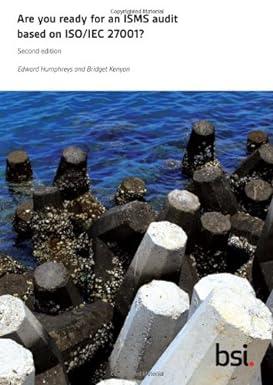Question
Consider an industry with an incumbent (firm 1) and potential entrant (firm 2). Demand for homogenous good is given by p = 1 -Q. Potential
Consider an industry with an incumbent (firm 1) and potential entrant (firm 2). Demand for homogenous good is given by p = 1 -Q. Potential entrant has marginal cost c, and a fixed sunk cost F.
Incumbent marginal cost might be low (c= 0) or high (c = 0.2). Incumbent know the cost and entrant believes that it is low with a probability Pr(c = 0) = x.
In the first period, firm 1 chooses its output. In the second period, firm 2 decides whether to enter or not. If firm 2 enters, it sinks its cost F and competes in quantity with the incumbent firm. Should Entrant know the incumbents marginal cost, entrant will not enter if the incumbent firm is low cost and will enter if the incumbent is high cost.
- What is Firm 1s optimal quantities as a monopoly?
- What is the Cournot equilibrium output when the incumbent firm is high cost? What is the Cournot equilibrium output when the incumbent firm is low cost?
- In a separating equilibrium, what is the equilibrium output for the incumbent firm in the first period? Does the incumbent firm successfully deter entry?
Step by Step Solution
There are 3 Steps involved in it
Step: 1

Get Instant Access to Expert-Tailored Solutions
See step-by-step solutions with expert insights and AI powered tools for academic success
Step: 2

Step: 3

Ace Your Homework with AI
Get the answers you need in no time with our AI-driven, step-by-step assistance
Get Started


